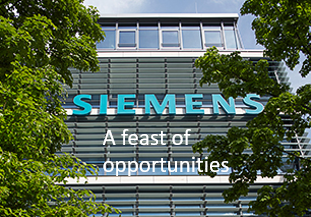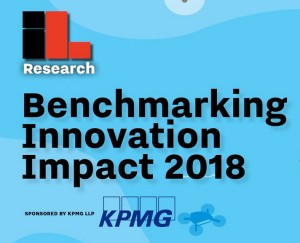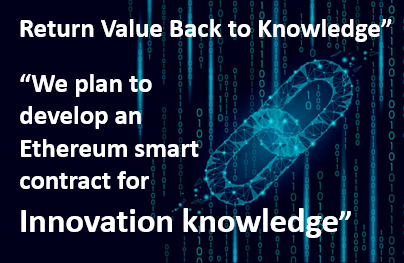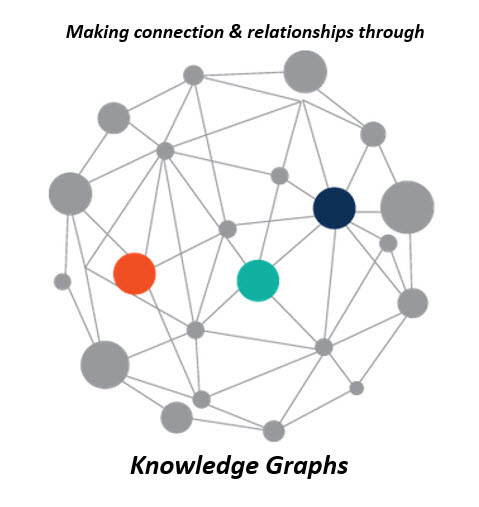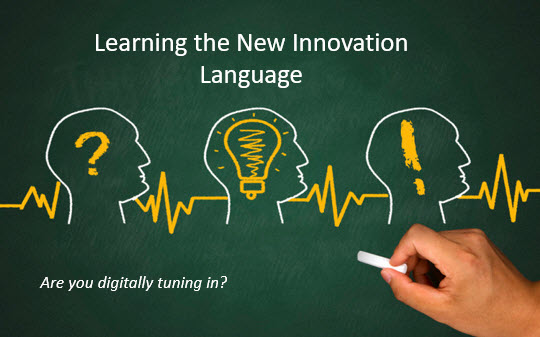
If you are not aware, it is worth reading about the Gordian Knot.
“For people the world over, the Gordian Knot represents the difficult, the intractable and often the insolvable problem.
Today’s systemic business problems are the modern-day equivalent of this seemingly impossible challenge, our Gordian Knots to untie or cut through.
According to Greek mythology, the huge, ball-like Turkish knot with no ends exposed was impossible to untie. An oracle had predicted that the first person to do so would become the ruler of all Asia. Thousands of people had tried, without success, to unlock its complex riddles. Alexander of Macedonia, son of King Philip II of Macedon, solved this puzzle simply and very creatively – by cutting it in half with his sword, exposing its ends and making it possible to untie. Alexander the Great went on to conquer all of Asia, just as the oracle predicted”.
So are Organizations Cutting their Gordian Knots?
So how can we cut the intractable knot inside organizations and thrive from it? Continue reading “The legend of the Gordian Knot and today’s organizations knotty problems”

